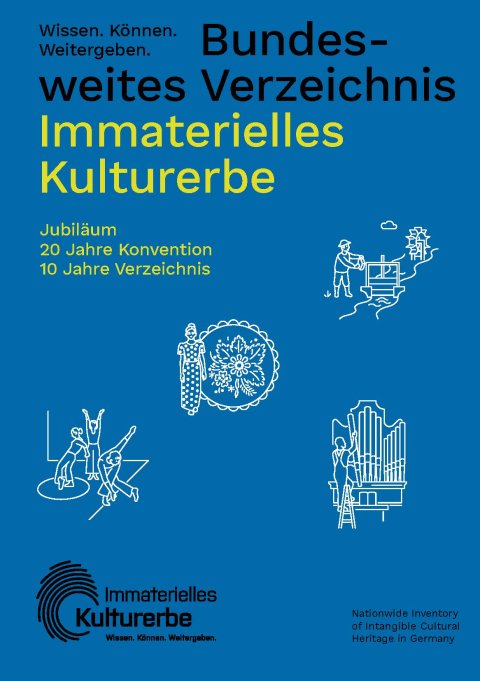Nationwide Inventory of Intangible Cultural Heritage
Breeding Trakehner Horses
Breeding Trakehner horses requires specific knowledge and expertise regarding Trakehner horses, a traditional type of riding horse, which is represented in all riding disciplines from amateur to elite sport up to the present day.

Facts & Figures
Crucial date: throughout the year
Inscription: 2022
Domains: oral traditions and expressions; social practices, (seasonal) rituals and festive event; knowledge and practice concerning nature and the universe
Where to find: nationwide (and beyond)
From a historical perspective, the breeding developed from recruitment for the Königlicher Marstall (royal stables) in Prussia and deployment as a cavalry horse after the First World War into a working horse or a sports horse. After the Second World War the breeding of Trakehner horses was re-established with the few surviving animals. Today Trakehner riding horses are bred in many countries worldwide and used in all riding and driving sport disciplines from amateur to international elite sport. In addition to dressage, versatility and driving, this also includes para-riding. Owing to their sensitivity, Trakehner horses are also used for therapeutic riding and riding lessons for children.
Breeding them requires particular equine and breeding knowledge and expertise, such as basic information about the Trakehner population as well as the artificial breeding and training of horses. The breeders nowadays largely consist of private breeders with one to two mares, who don’t operate breeding on a commercial basis. Furthermore, there are both traditional as well as younger stud farmers who foster the cultural heritage.
The breeders’ network in associations and make their knowledge and expertise available to the public in training courses. Annual events such as markets and tournaments are professional and social meeting places. They support young riders through support programmes among other things and arrange educational trips, and they in turn organise themselves as young breeders and learn how to handle the horses and the specific knowledge and skills. The low threshold of participation guarantees access by a wide range of the population.


